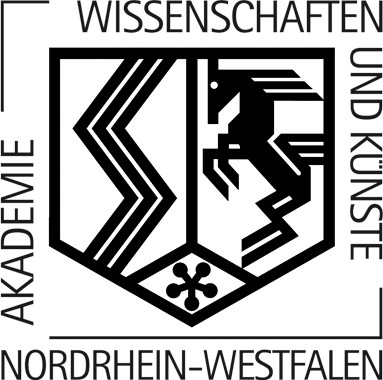Der Dionysosbehang in der Abegg-Stiftung/Riggisberg. Bemerkungen anlässlich des Erscheinens der Hauptpublikation (mit Tafeln 1/4a)
JbAC 60 (2017) Seiten: 101-132
This paper critically comments on the principal publication regarding the largest wall hanging of antiquity, ›the Dionysus Hanging‹: Dietrich Willers, Mechthild Flury-Lemberg and Bettina Niekamp, Der Dionysosbehang der Abegg-Stiftung = Riggisberger Berichte 20 (Riggisberg 2015). The author considers specifically the identities given to some of the figures, the function of the hanging and its latest use. In his publication Willers (part 1), identifies three of the main figures as being, the mystagogos Silen, Dionysus’ wet-nurse and a female being initiated into the mystery cult. The hanging is placed in a 4th century context within the (Egyptian) cult of Dionysus. This paper, with its detailed analysis of iconography, throws doubt on this interpretation. Some identities will remain uncertain and it is better to view the use in a living context. The dating cannot be more precise than between 320 and 430 AD (14C-analysis). The results from part 2, where Mechthild Flury-Lemberg and Bettina Niekamp analyse the material and weaving techniques, are summarized. New insights into how the different figures on the wall hanging were designed are especially important from the perspective of art history.

